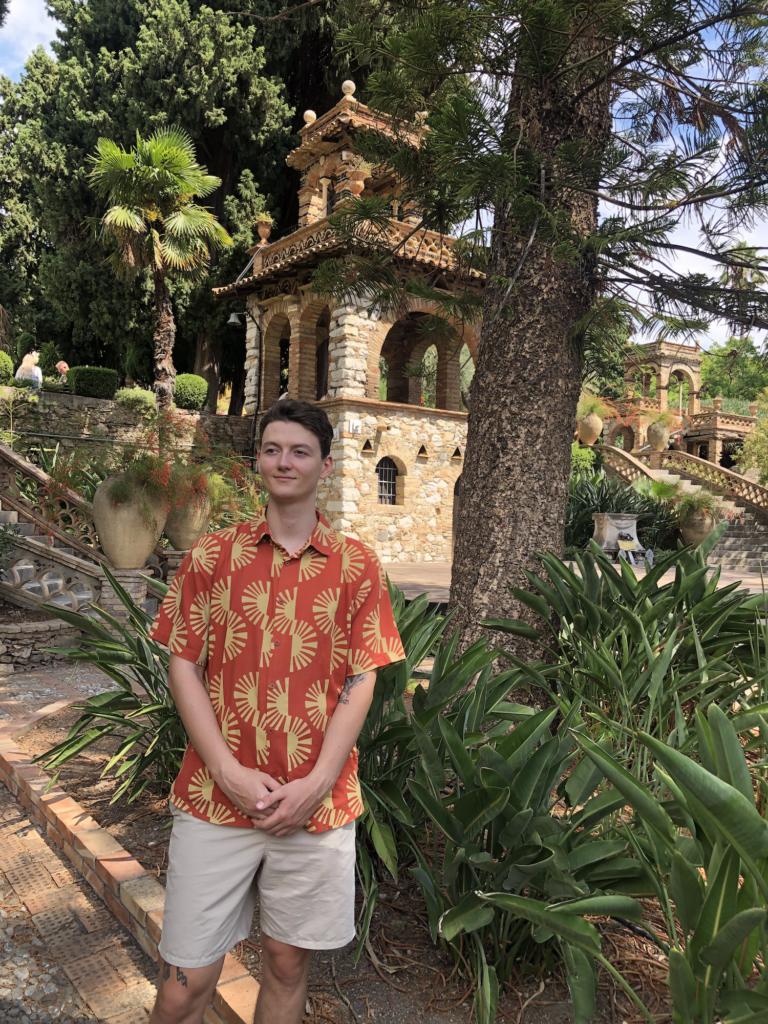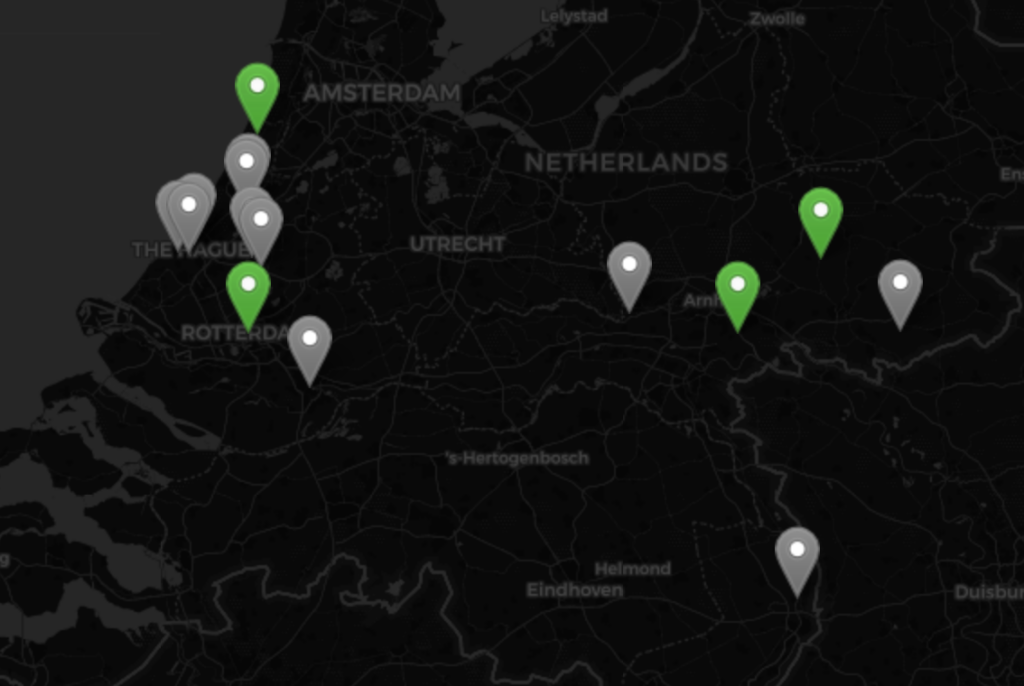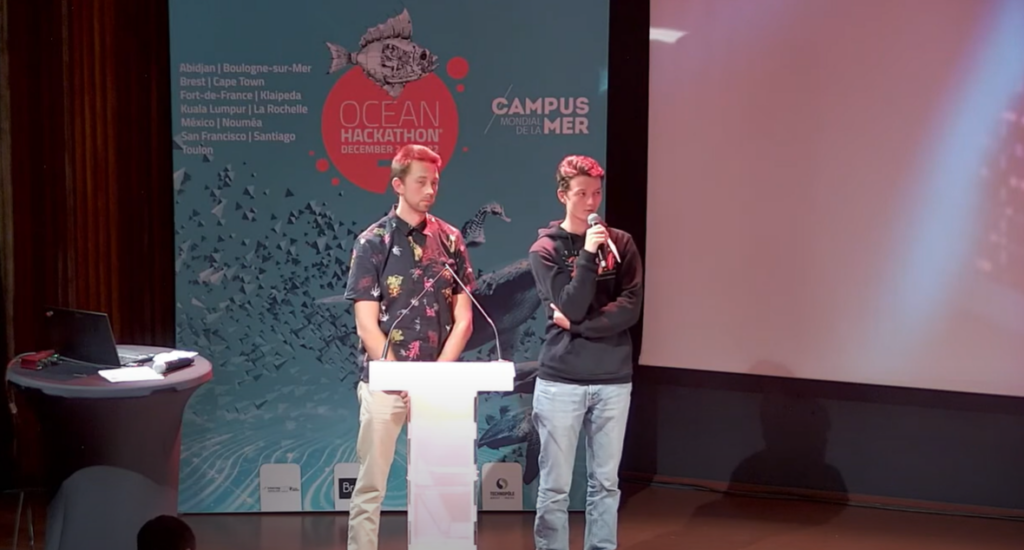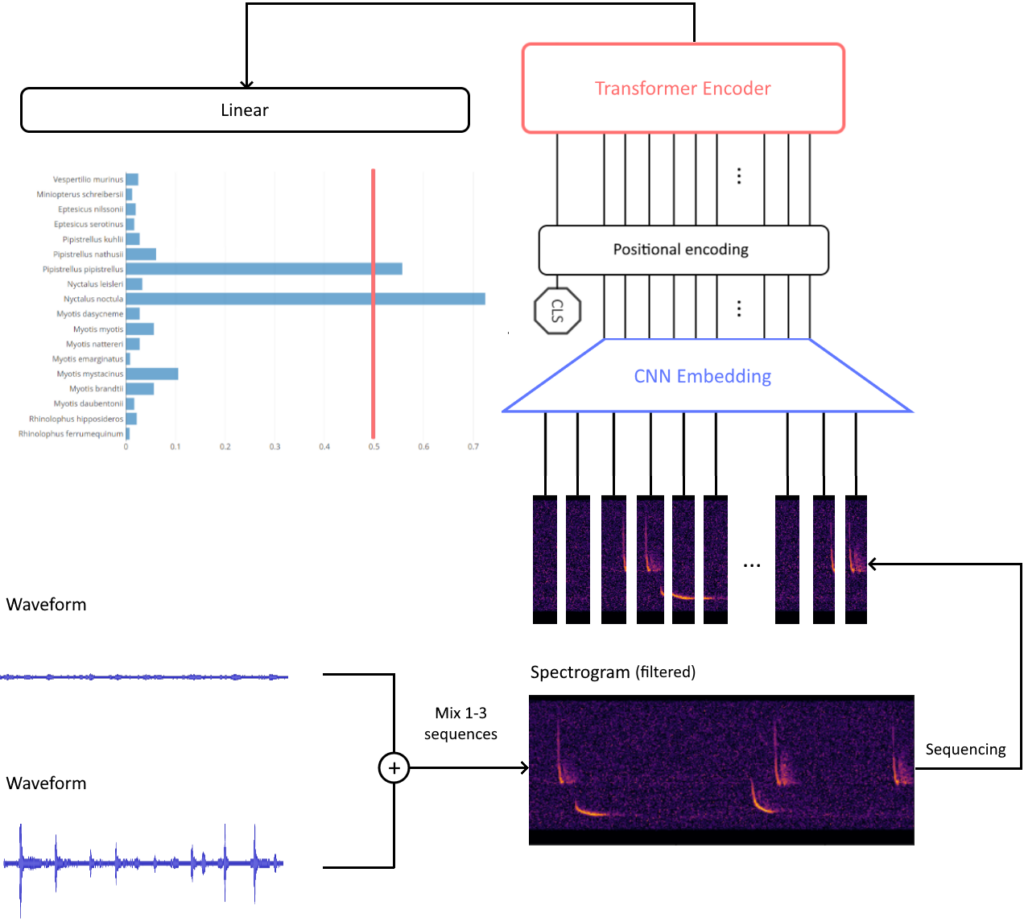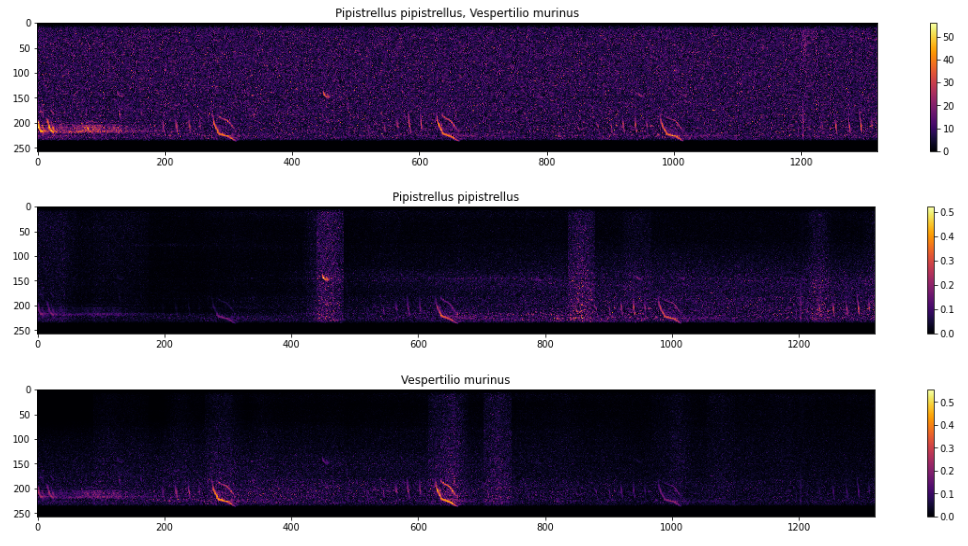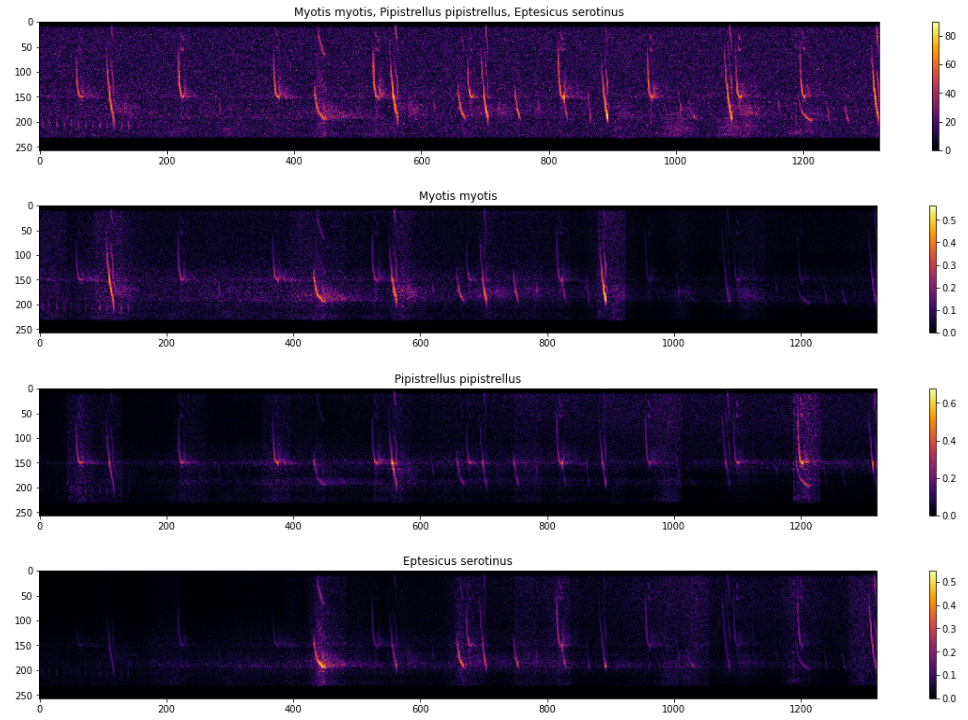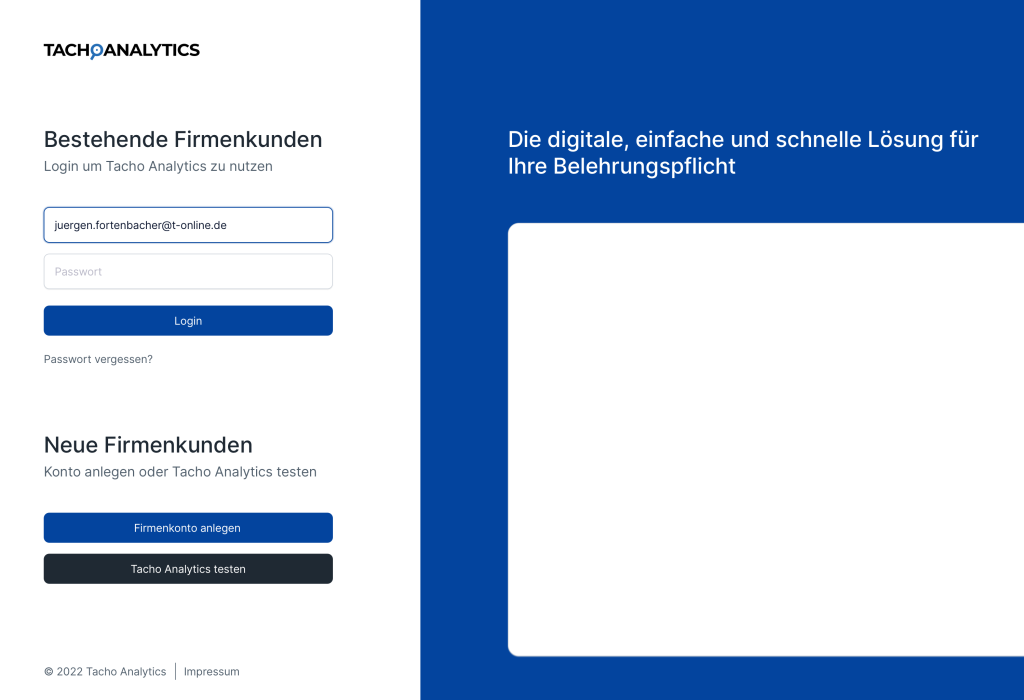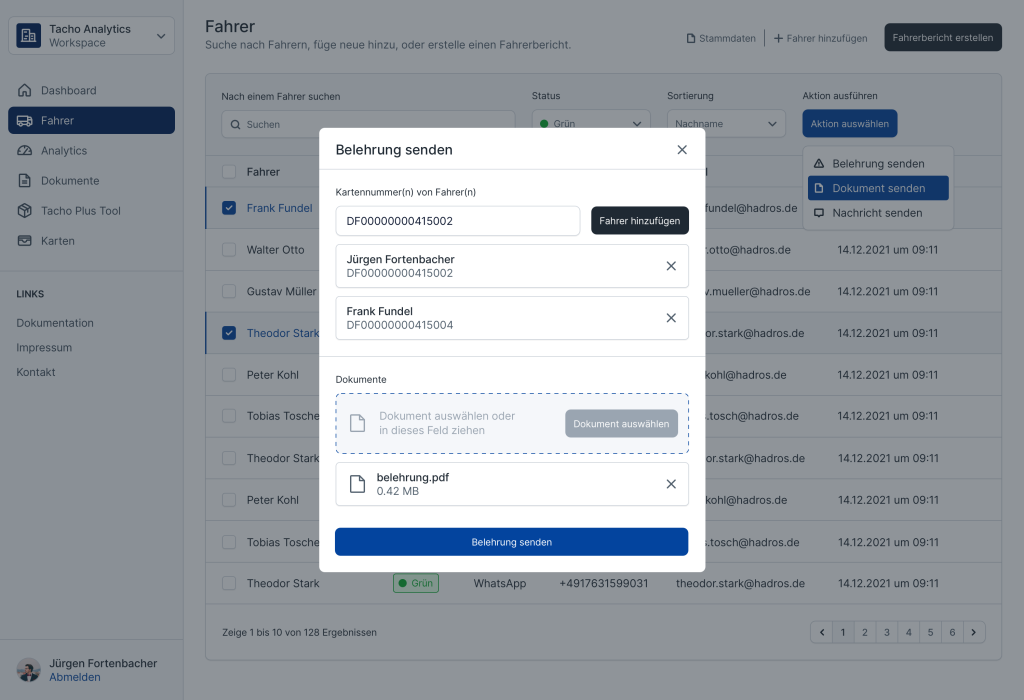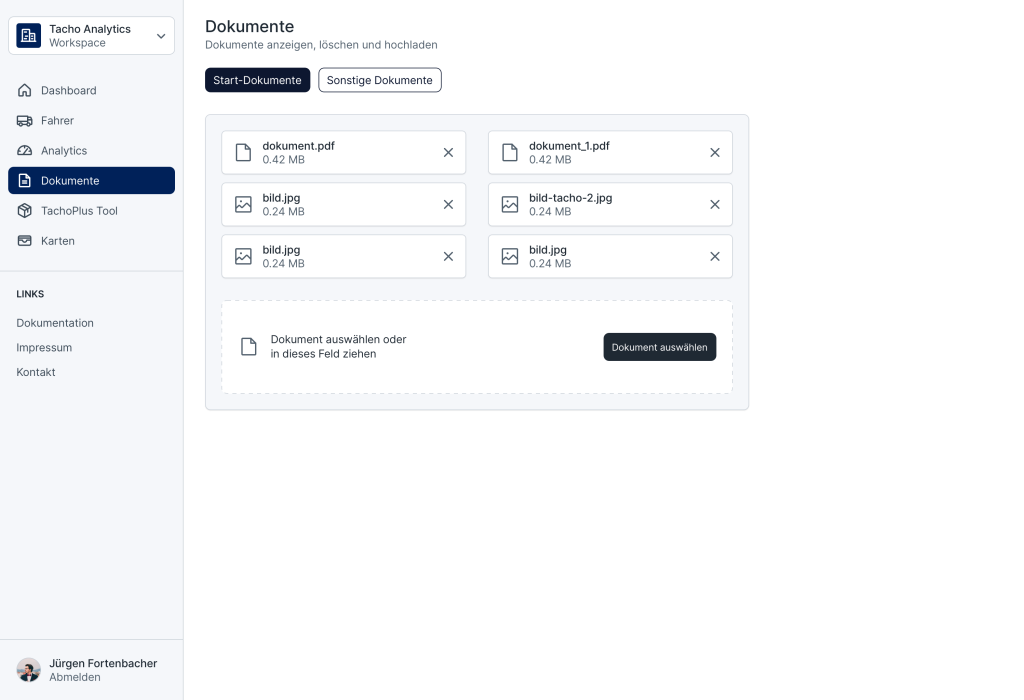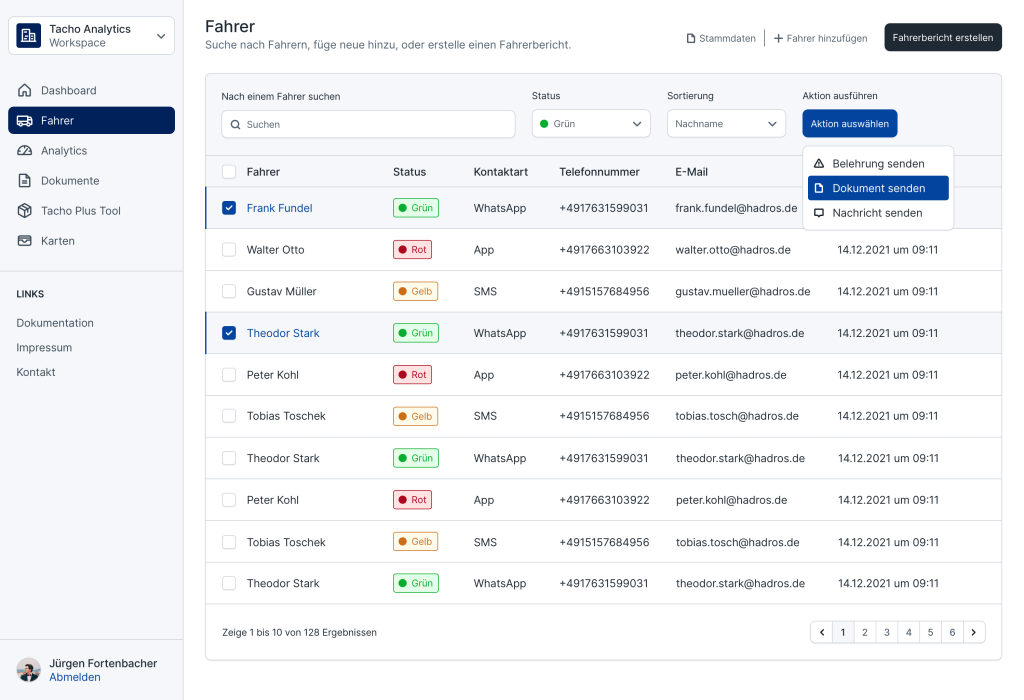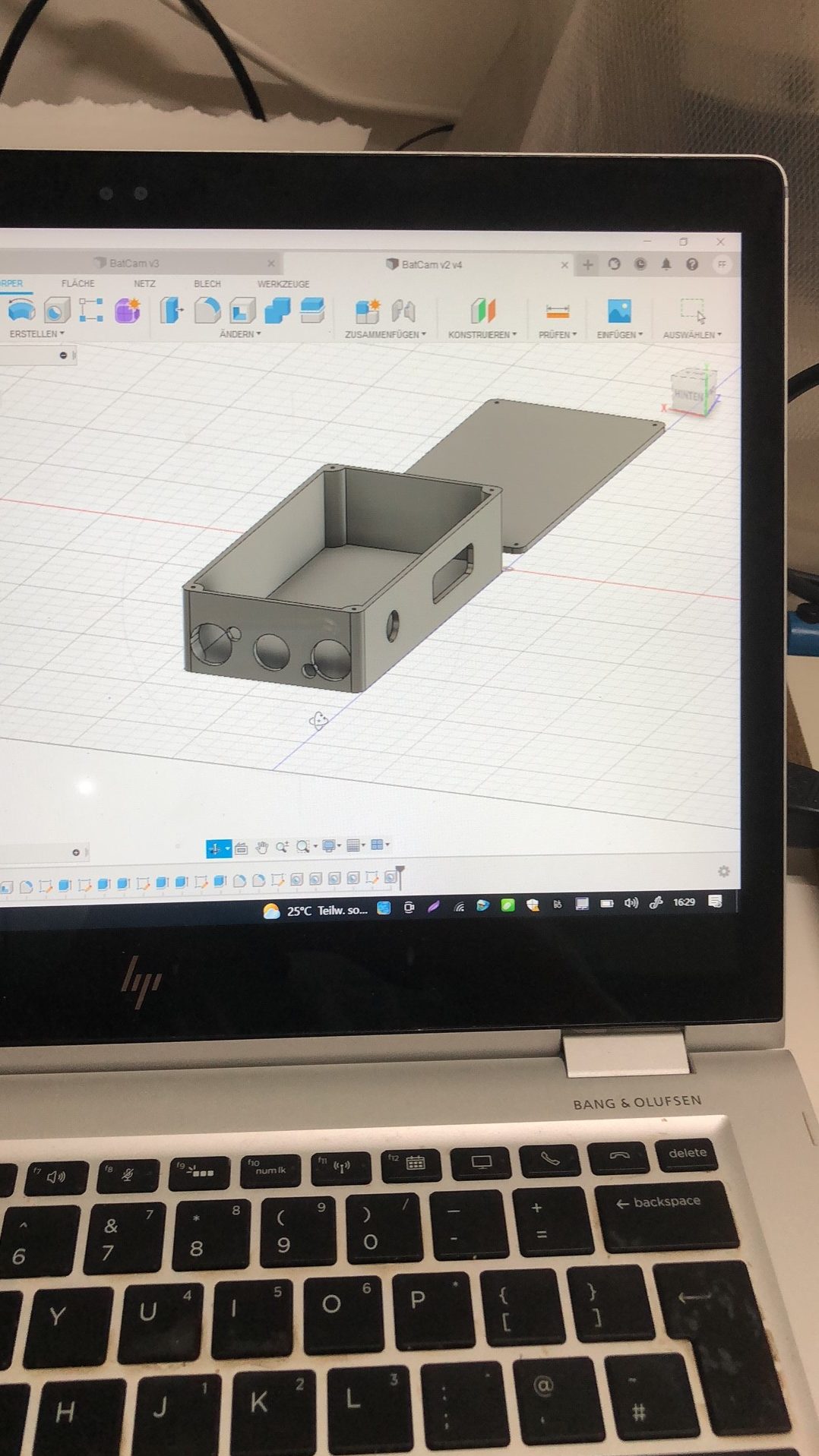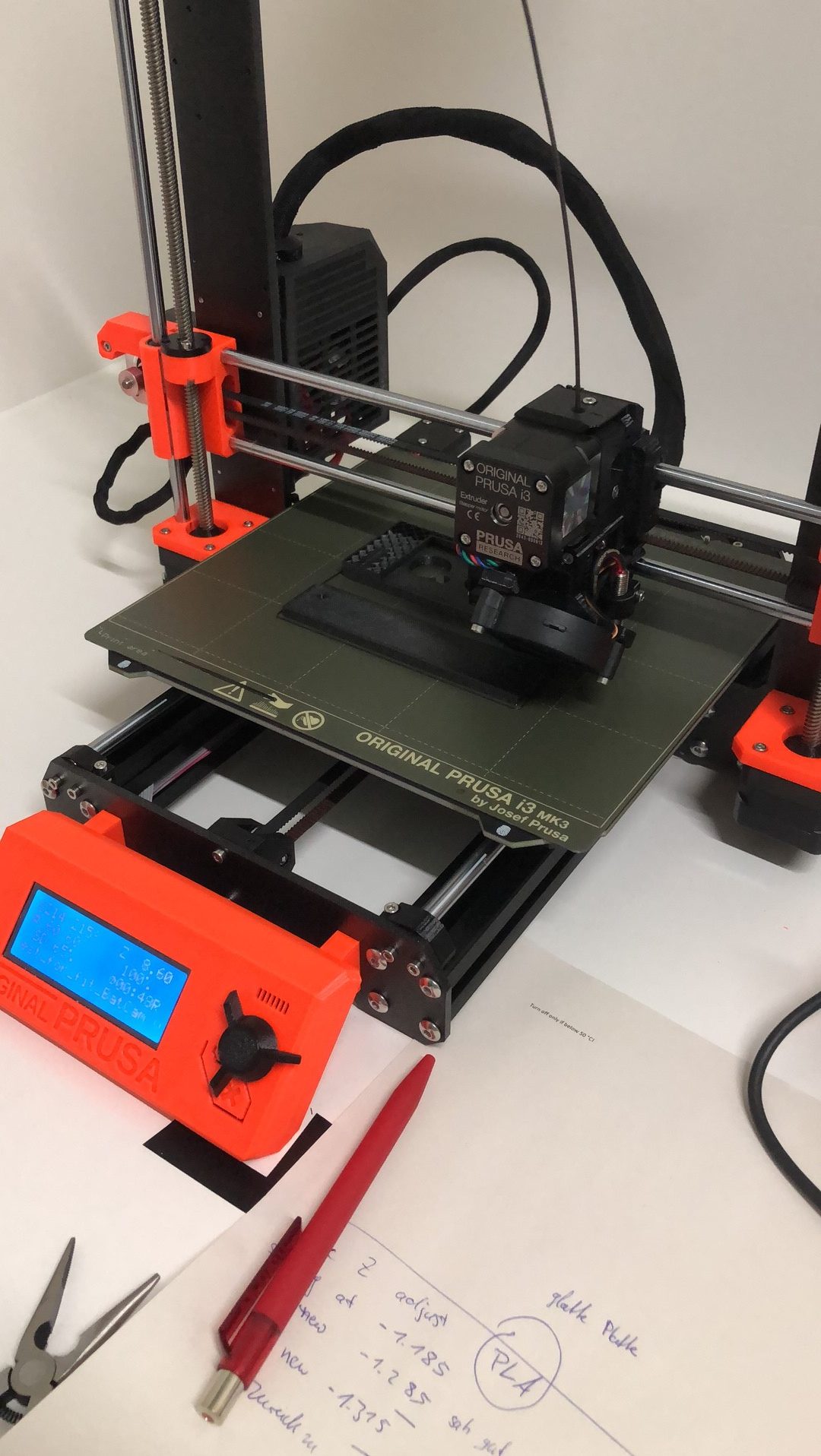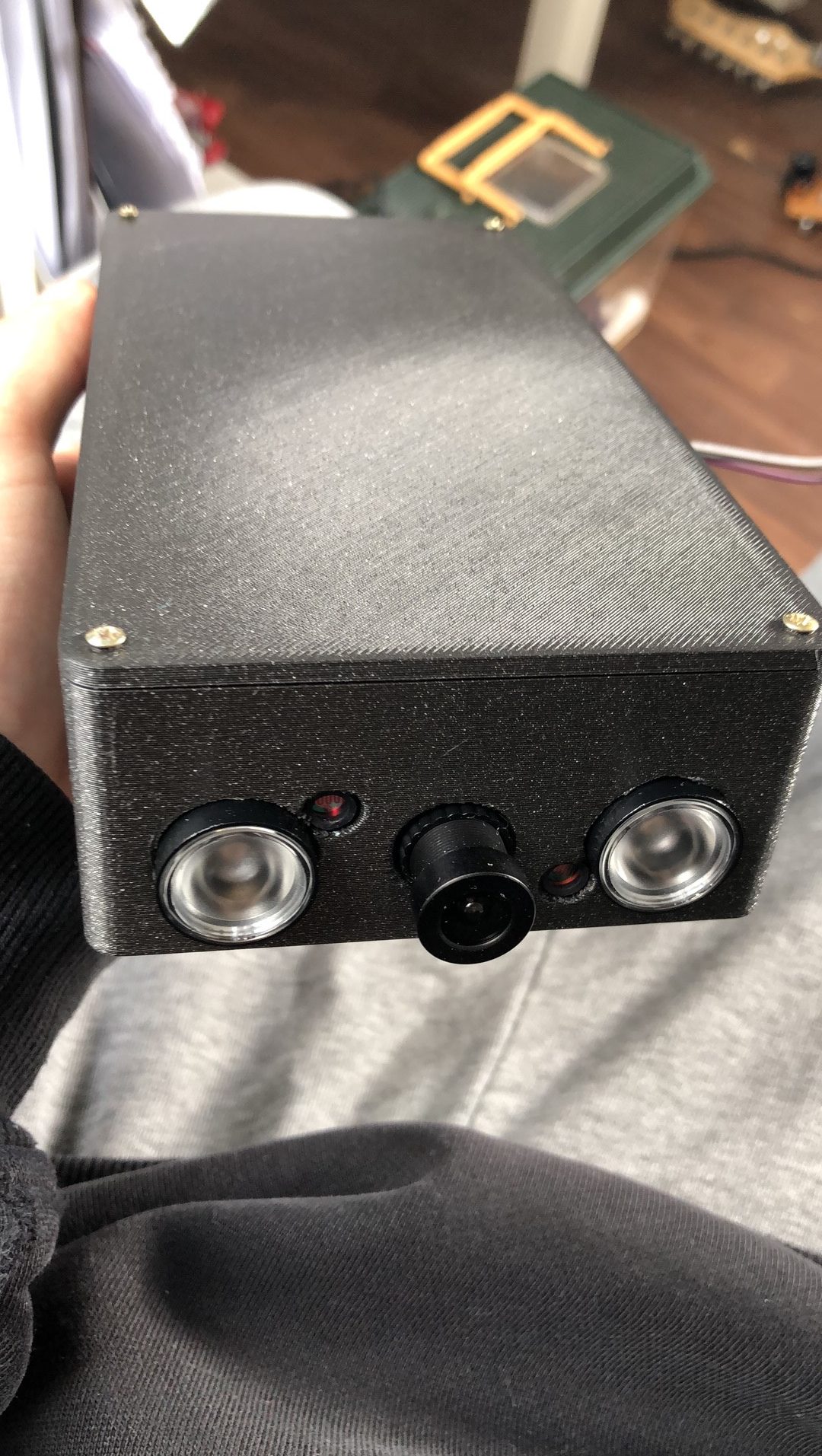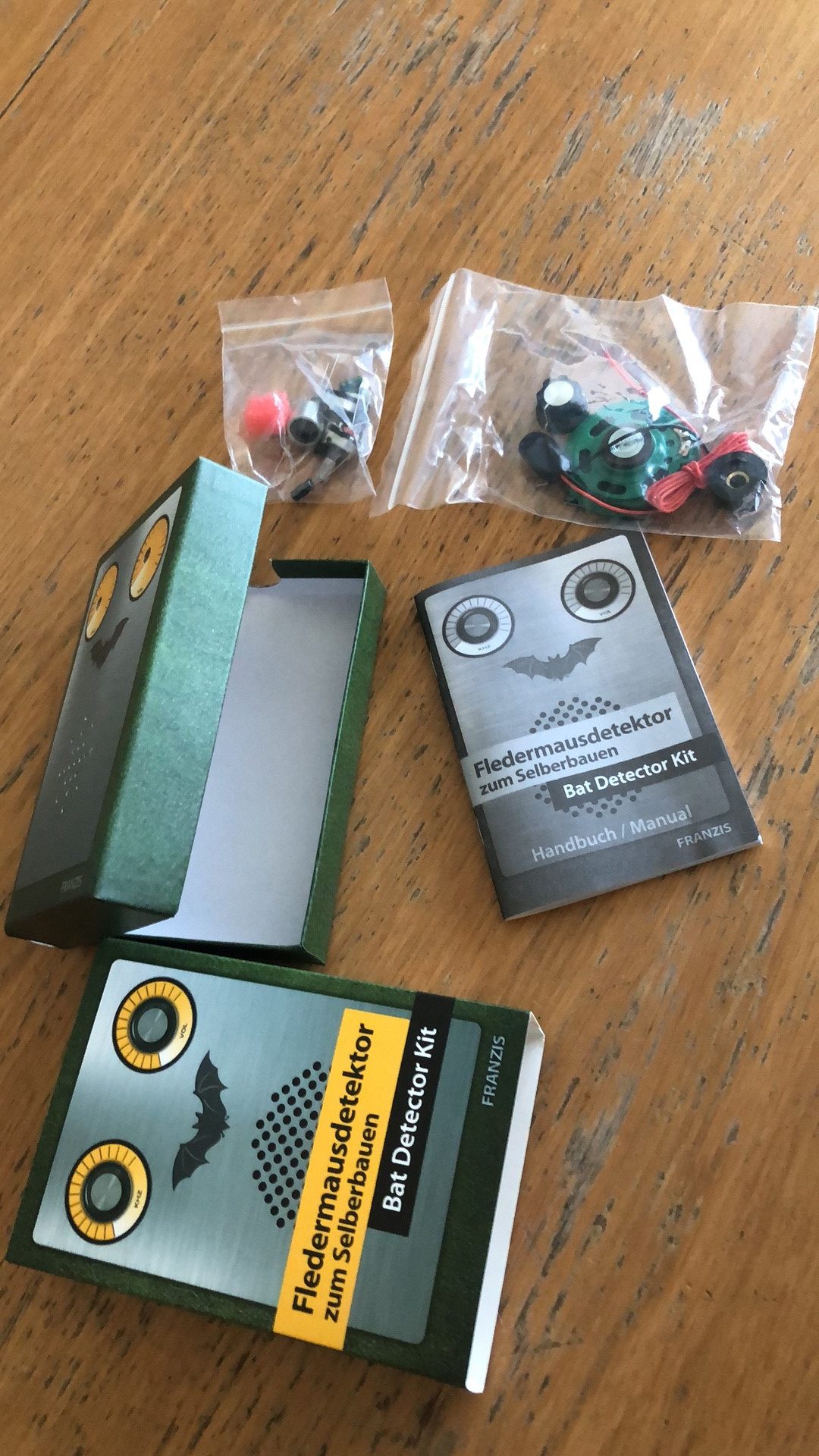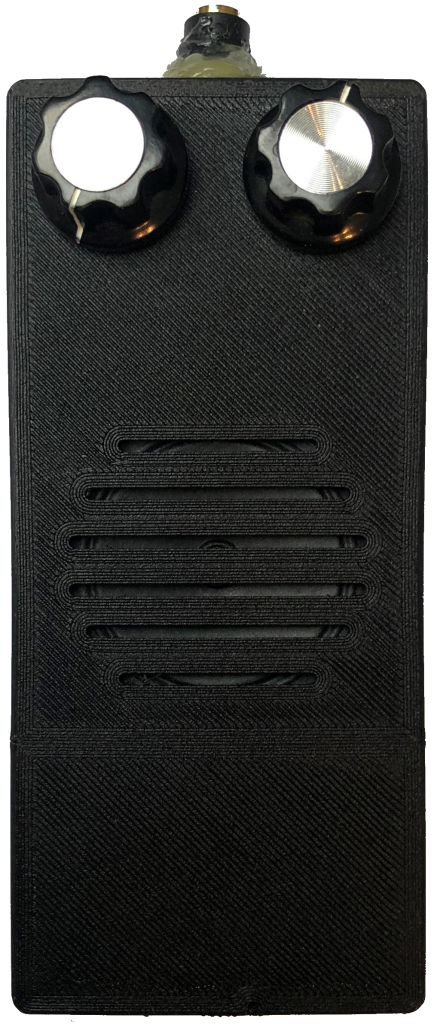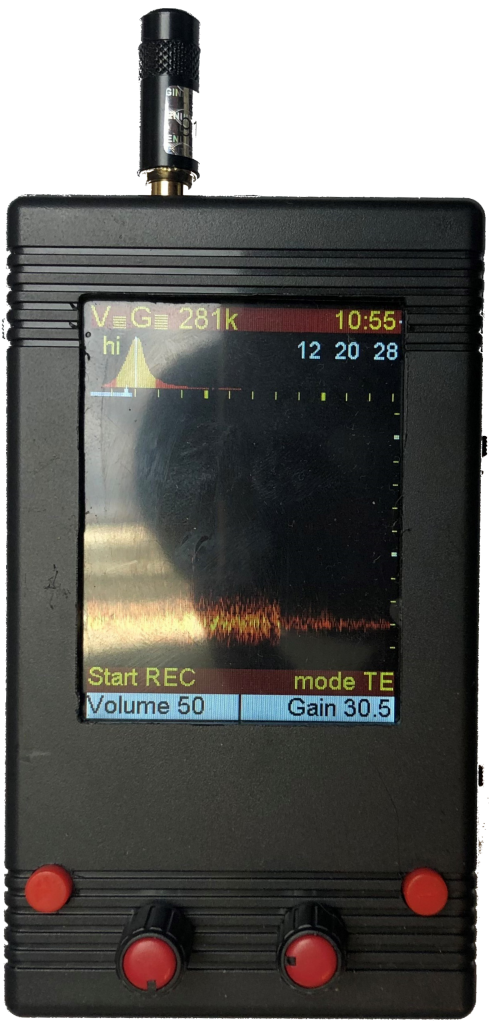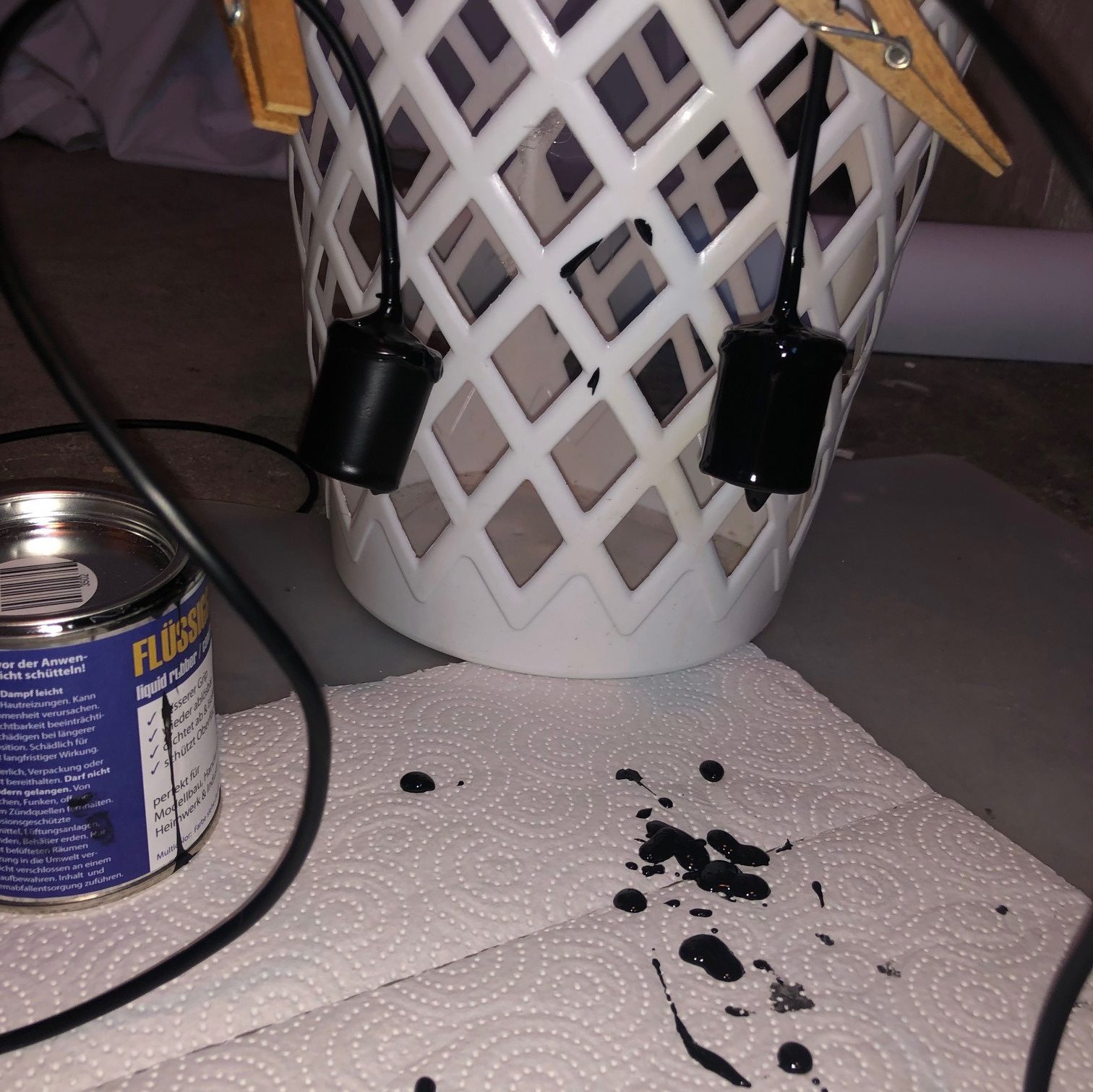I am currently pursuing a master’s degree in Computer Science at Ulm University and the Computer Vision & Learning group at LMU, with a strong interest in Representation Learning and Image Synthesis. My academic path has been marked by a strong foundation in Machine Learning and Deep Learning, leading to a published thesis on Computational Bioacoustics. My experience ranges from implementing cutting‐edge Object Detection and Image Segmentation techniques at Liebherr to researching Diffusion models and Semantic Correspondence. I’m passionate about research and dedicated to solve complex problems in the field of computer vision.
